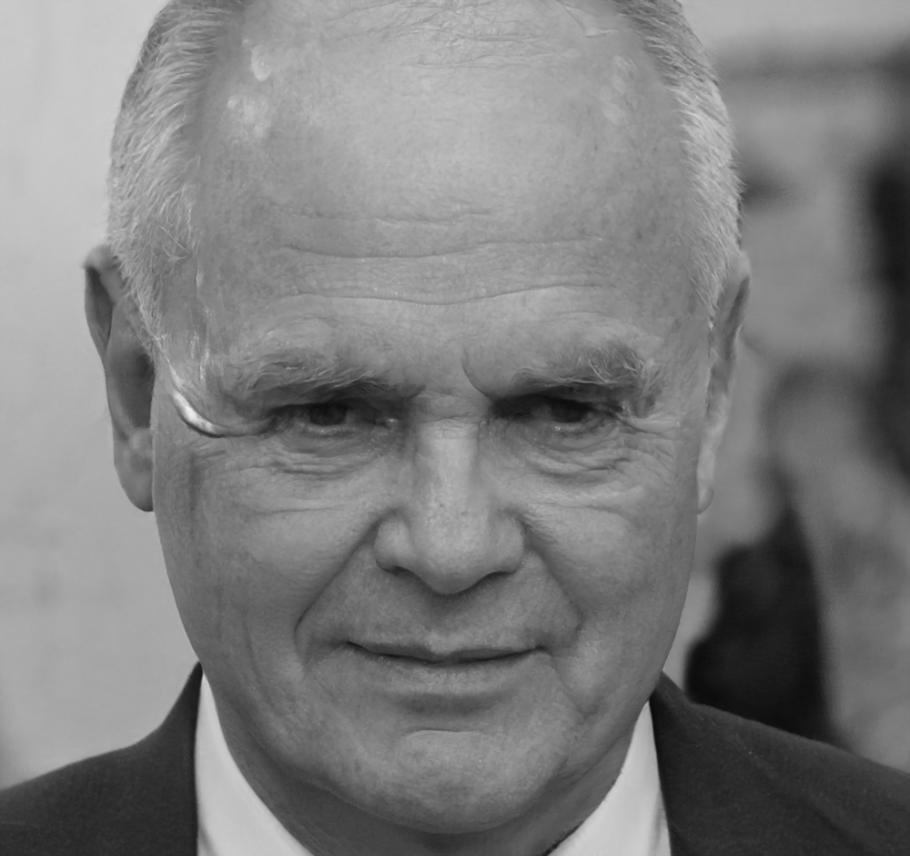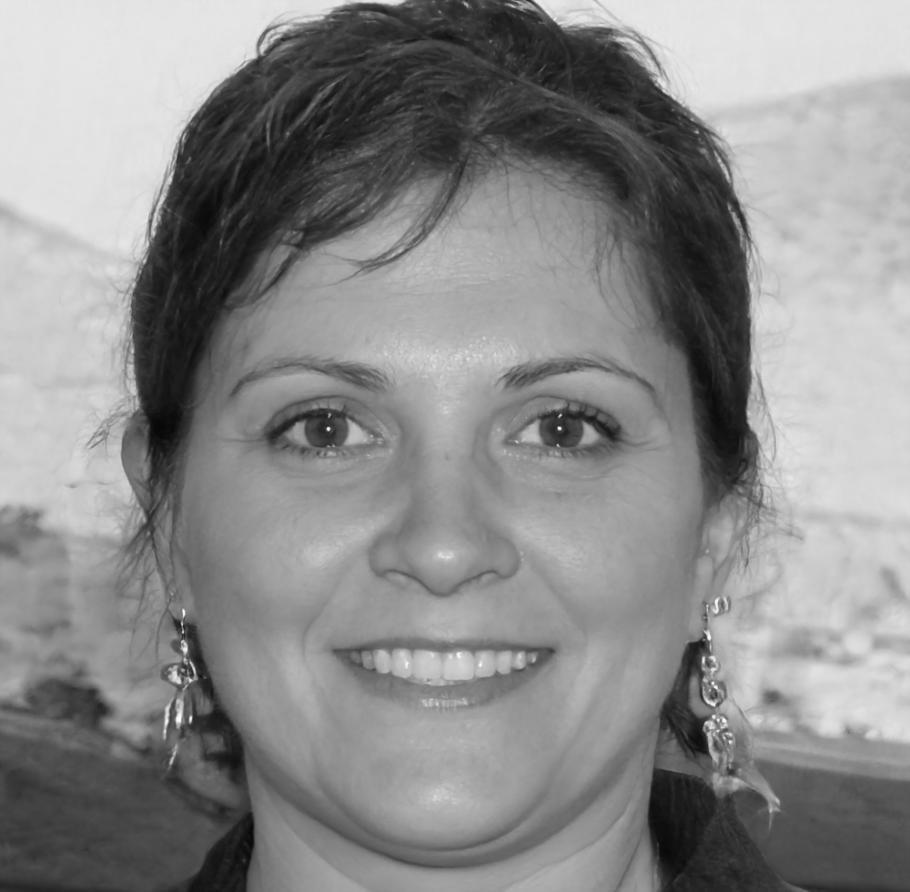How We Got Here
Back in 2018, I was watching too many good software projects stumble at the finish line. The code was solid, the features worked, but somehow users kept finding issues that should have been caught earlier.
The problem wasn't technical skill - Taiwan has incredible developers. It was coordination. Teams would rush through user acceptance testing, skip stakeholder feedback, or worse, treat UAT as a formality rather than the crucial validation step it really is.
We realized that UAT coordination isn't just about managing test cases. It's about creating bridges between technical teams and actual users, making sure feedback flows smoothly, and catching those subtle usability issues that only surface when real people use real software.
So we built IntellectFlow around this gap. Not as another testing company, but as the coordination layer that makes UAT actually work for modern software teams.





